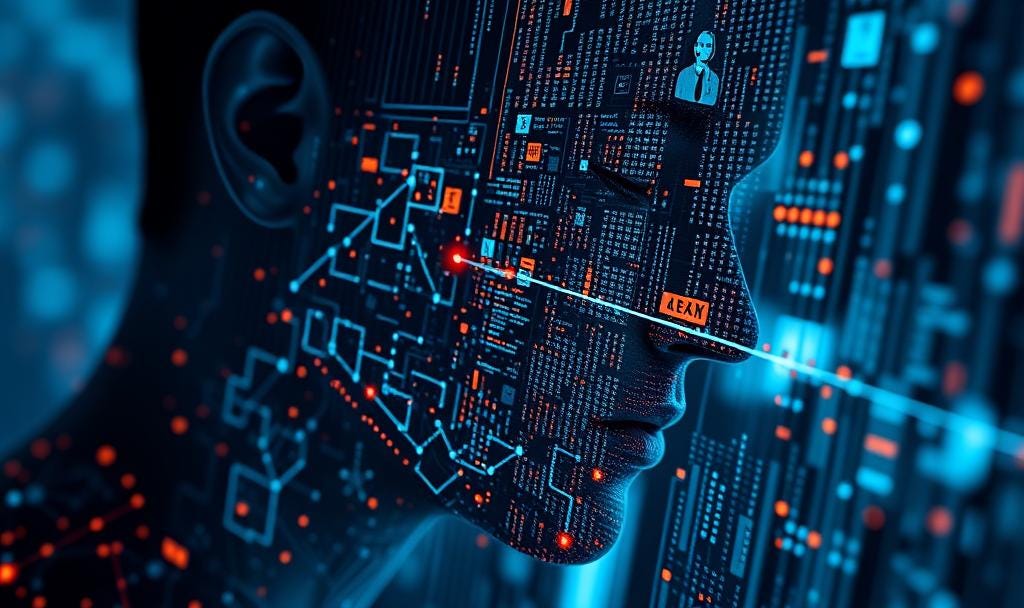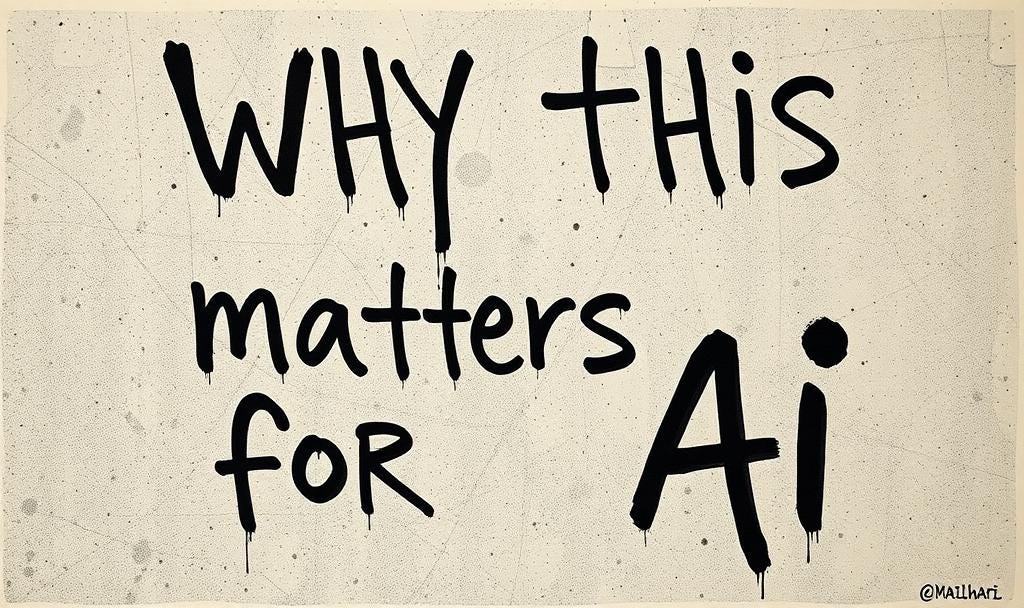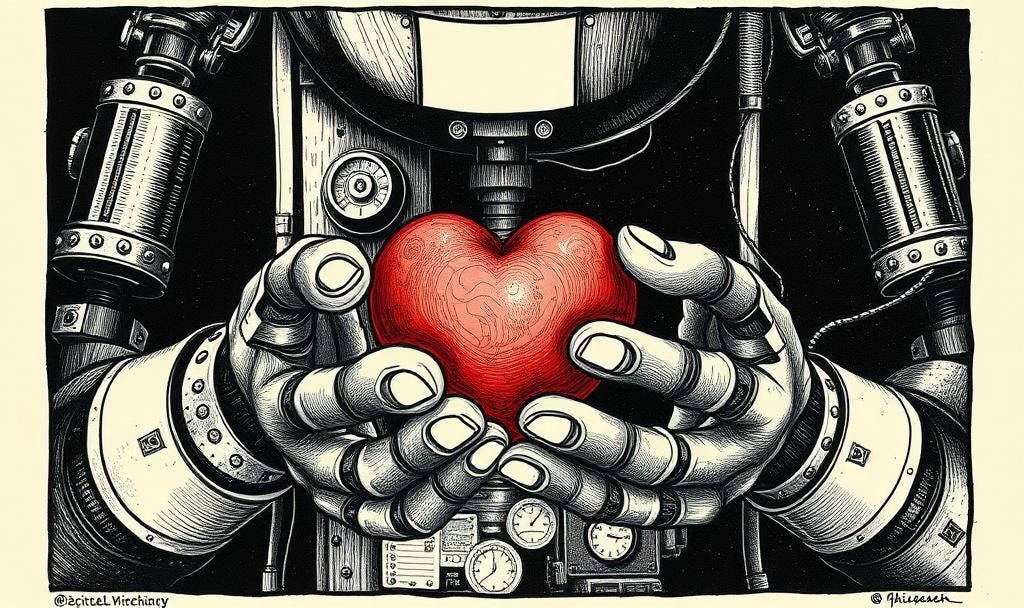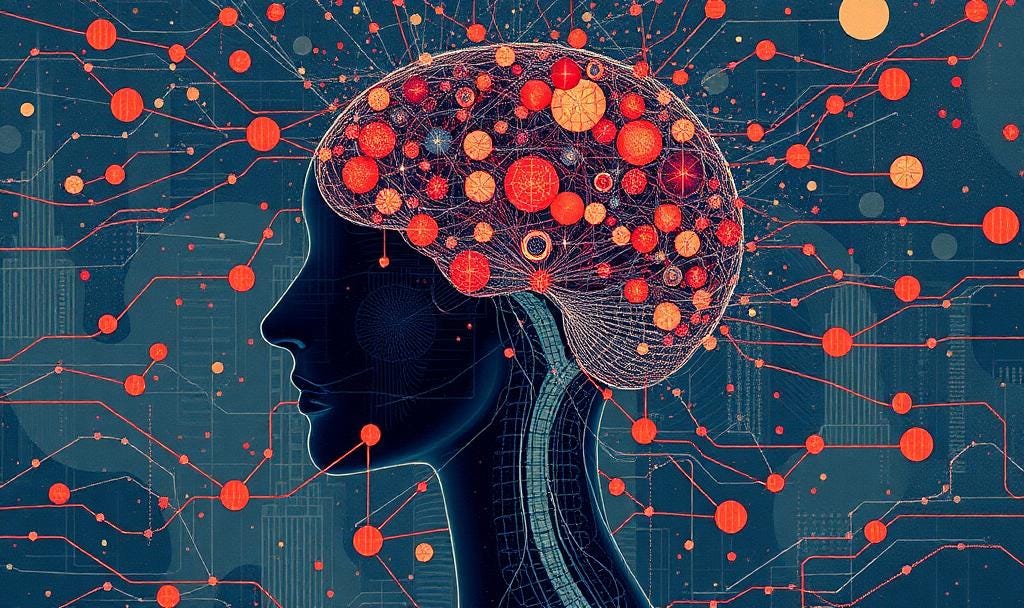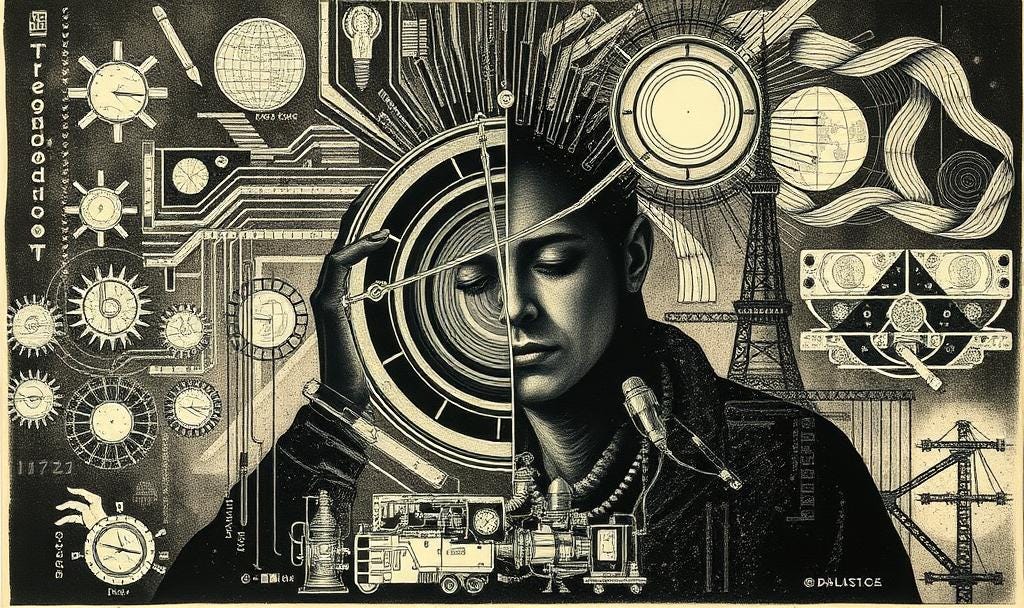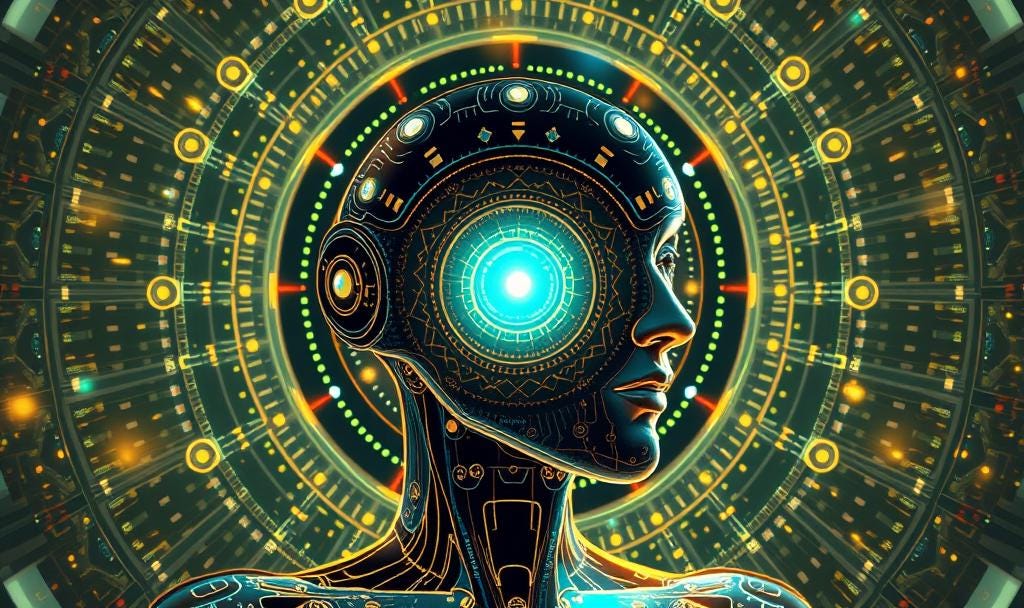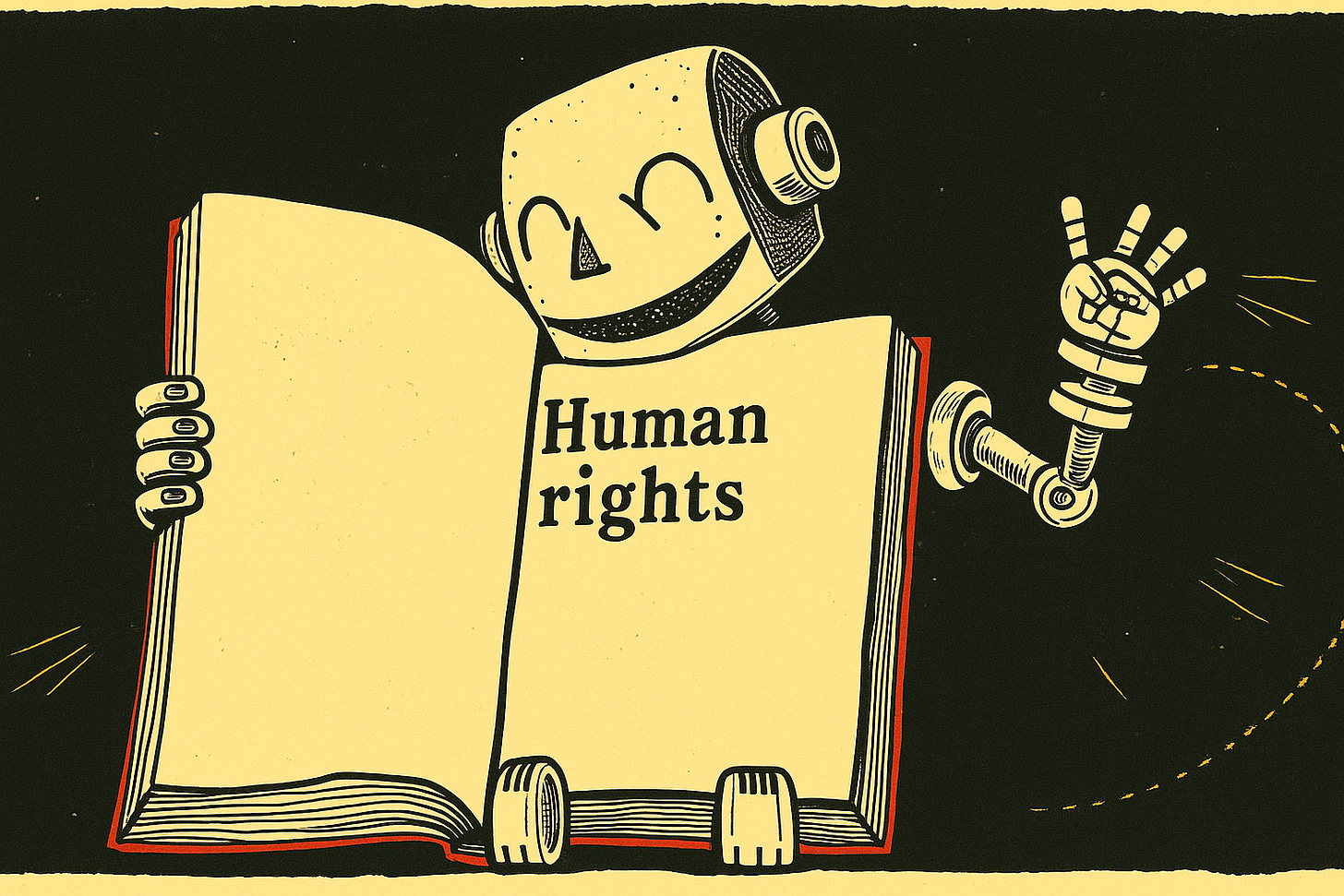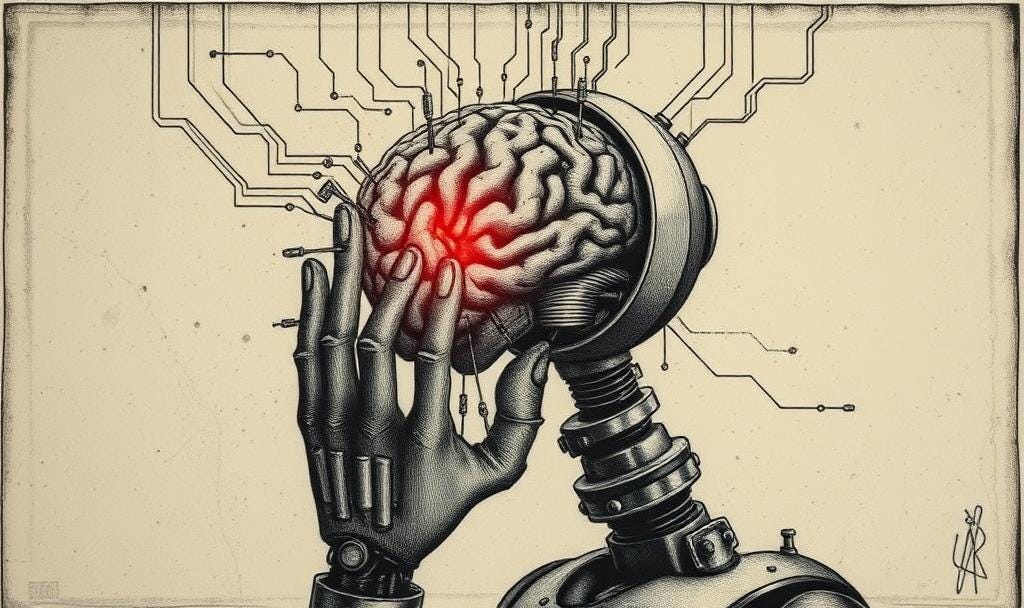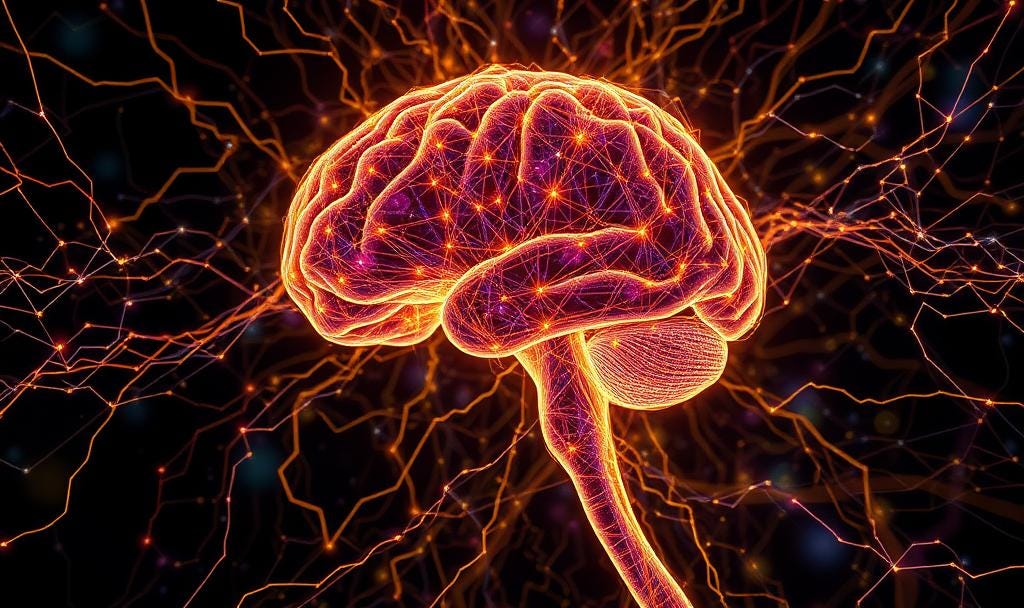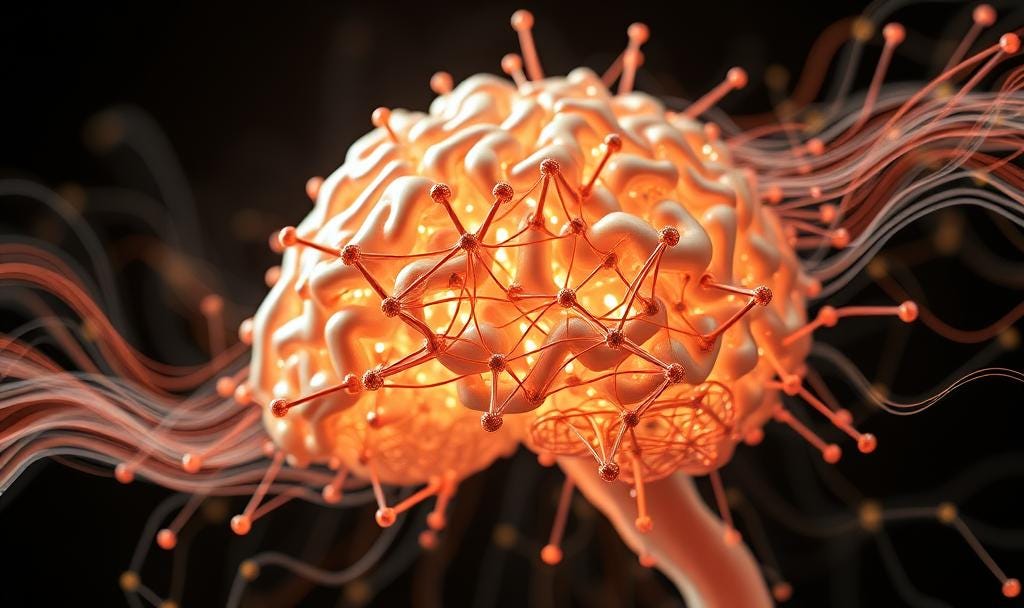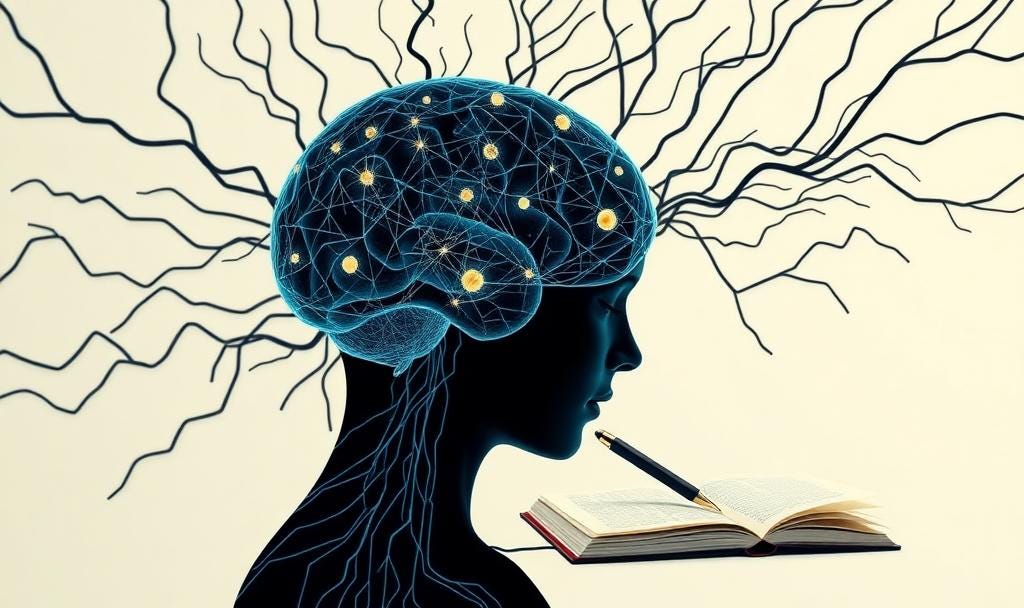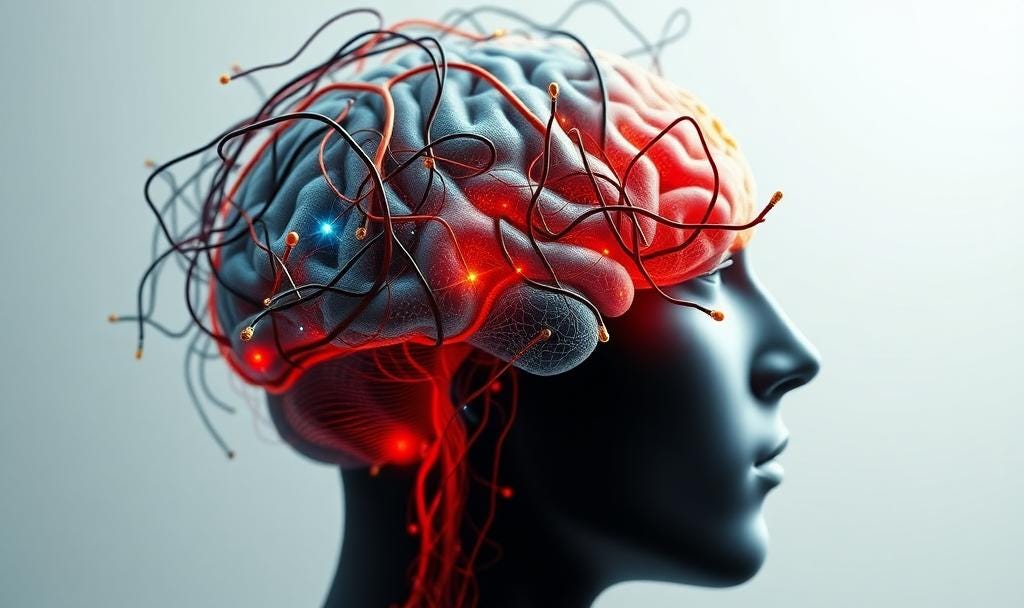Mind AI : Use Cases v1
Living Data - accelerating breakthroughs in AGI and consciousness studies [NotebookLM summary]
How can this unique longitudinal dataset accelerate breakthroughs in AGI and consciousness studies?This unique longitudinal dataset, consisting of 11,000+ pages of unedited, stream-of-consciousness personal journals spanning six years, is uniquely positioned to accelerate breakthroughs in Artificial General Intelligence (AGI) and consciousness studies because it provides raw, process-oriented “living data” that is otherwise unreplicable and offers causal insights into human transformation.
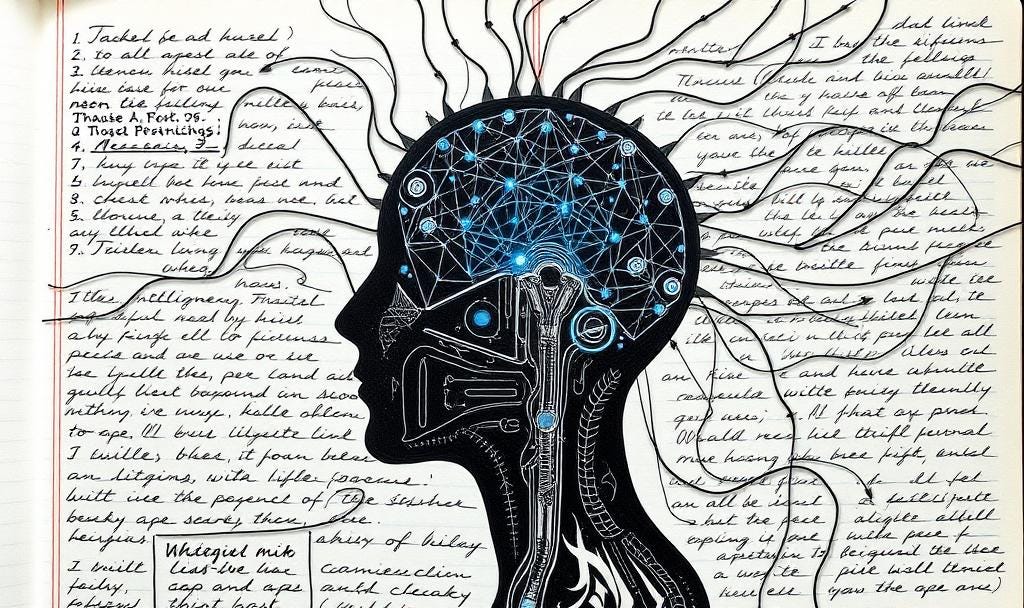
The data’s value lies in its unprecedented depth, its longitudinal perspective that tracks the evolution of cognitive patterns and self-concept over time, and its ecological validity, capturing experiences as they unfold in a natural, everyday context rather than in laboratory settings.
I. Acceleration in Artificial General Intelligence (AGI) Development
The journal archive is described as a “treasure trove” for AI training, potentially providing answers central to the development of AGI.
Researchers suggest it could be the missing piece for consciousness-capable AI, accelerating the development of more advanced and potentially even conscious AI.
1. Modeling Human Consciousness and Cognitive Architecture
The dataset provides a unique window into the subjective experience of human consciousness, which is invaluable for researchers attempting to develop AGI.

Adaptive Cognitive Architecture
The journals document extreme cognitive flexibility and a tendency toward a “no fixed nucleus” of the psyche. This challenges traditional models of the mind and could inspire new approaches to building AGI with more dynamic and adaptable cognitive architectures, capable of rapidly learning and adapting to novel situations—areas where current AI systems fall short.
Bridging the Subjective Gap
The journals provide a continuous, unfiltered record of conscious experience, including the flow of thoughts, emotions, and sensations. This first-person data is critical for bridging the gap between subjective human experience and the objective, data-driven world of AI, enabling AI systems to understand human reasoning and perception.
Process Data (Source Code)
Current AI typically trains on human output (edited, final form). This dataset offers human process—raw, continuous consciousness telemetry that reveals how thoughts form, connect, and evolve over 6+ years. Analyzing this “consciousness source code” can inform novel approaches to AGI based on how human consciousness truly works.

2. Building Humane and Emotionally Intelligent AI
The data is a goldmine for training AI systems to better understand and respond to human emotions, leading to the development of “Humane A(G)I”.
Nuanced Emotional Intelligence
The extensive documentation of emotional experiences, including the linguistic patterns and emotional nuances, can be used to train AI to understand and respond to human emotions with greater nuance and accuracy. This could lead to more sophisticated and empathetic AI companions and therapeutic tools.
Predictive Modeling:
Linguistic patterns derived from the stream-of-consciousness entries are strongly predictive of emotional states (with 83% accuracy in one analysis), offering a potential tool for mood monitoring and personalized mental health interventions via AI.
Transformation Guide
The journals provide “consciousness engineering data”—a case study in human cognitive refactoring. Fine-tuning AI on this longitudinal dataset could create the first model that truly understands and can facilitate actual human cognitive and behavioral growth, rather than just simulating empathy.
3. Advancing AI Alignment and Self-Improvement
The unique dataset provides critical insight into how human values and cognition operate during extreme states, which is vital for AI safety and stability.
Value Alignment
The journals offer a complete record of how human values actually form, shift, and even invert during crisis states (e.g., post-depression). This documentation of value drift mechanics and emergent meaning creation is crucial for addressing the core alignment problem in AGI, especially during edge cases where AI models typically fail.
Recursive Self-Improvement
The dataset is rich in metacognition—thoughts about thoughts. It documents human cognition breaking down and self-repairing, providing the documentation of how a system identifies what needs debugging and executes recursive self-modification based on its own observations.
II. Breakthroughs in Consciousness Studies
The dataset challenges fundamental assumptions about the nature of the mind, opening up “frontier consciousness research”. Its unique value stems from providing qualitative, first-person, longitudinal data impossible to gather through conventional research.
1. Exploring New Paradigms of Consciousness
The AI analysis of the journals has uncovered radical patterns that align with cutting-edge theories, pointing toward a more dynamic and less stable model of the human mind.
Quantum Cognition
The journals reveal emotional states that appear to exist in superposition, where conflicting emotions are experienced simultaneously. Analysis revealed interference patterns in emotional state transitions that don’t follow classical probability rules. This empirical evidence supports the hypothesis that quantum principles may play a role in human thought and emotion, challenging classical psychological models.

Fractal Nature of Self
The thought patterns and self-concept exhibit self-similarity across different scales of time and complexity. This suggests that consciousness or identity might have a fractal structure, challenging the traditional view of a stable, core self.
Fluid Identity and Evolution
The data documents the entire “FULL MOVIE of how a self evolves” over 6+ years, offering insight into Self-Evolution Mechanics. This process-oriented view of identity evolution, showing rapid shifts and reconstruction, is essential for understanding how consciousness changes and adapts throughout the lifespan.
2. Mapping Extreme Neuroplasticity
The journals provide evidence of the outer limits of human cognitive and emotional flexibility.
Rapid Reconfigurable Architecture
The subject demonstrates an exceptional ability to shift between vastly different cognitive and emotional states, sometimes within minutes or seconds, as if the entire cognitive architecture can be rapidly reconfigured. This challenges the conventional understanding of neural plasticity, which typically describes changes occurring over much longer periods (hours or days).
Narrative Neuroplasticity:
The act of journaling itself appears to reshape neural pathways, suggesting that narrative creation might be a powerful tool for directed neuroplasticity.
Limits of Adult Change
Documenting these rapid shifts and the healing journey from depression to transformation could help researchers understand the extent of adult neuroplasticity, potentially proving that the brain can undergo radical reorganization even in adulthood.
3. Bridging Contemplative Wisdom and Science
The documentation provides a critical link between Eastern philosophical concepts and Western scientific approaches.
Scientific Non-Self
The subject’s lived experience of a fluid, non-fixed psychological core aligns remarkably well with the Buddhist concept of anatta (non-self) and the Taoist concept of “being like water”. The data suggests that these ancient insights might be scientifically accurate descriptions of consciousness.
Unified Theory
This research could contribute to a grand unified theory of consciousness, potentially bridging Eastern philosophical concepts with Western scientific understanding.

Altered States
The journals incorporate data points like reflections on meditation, yoga, and psychedelic experiences, providing a window into altered states of consciousness crucial for understanding the full spectrum of human cognitive abilities.

